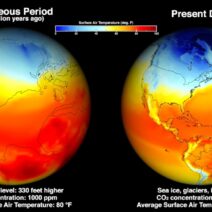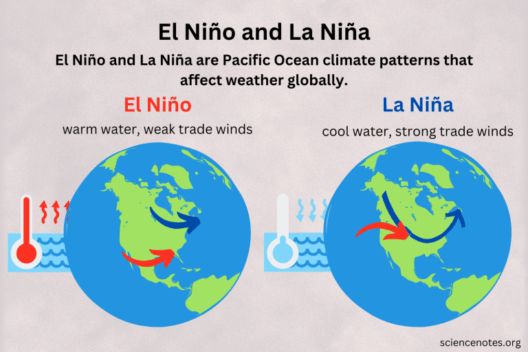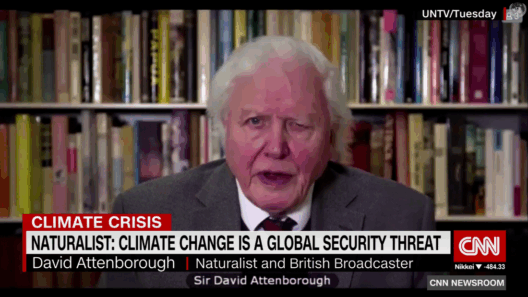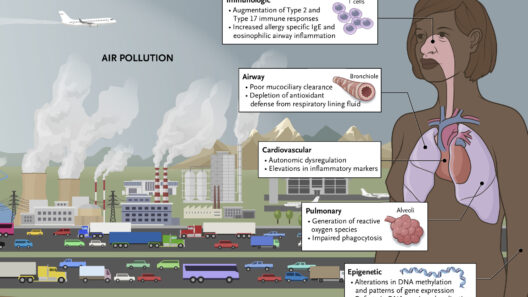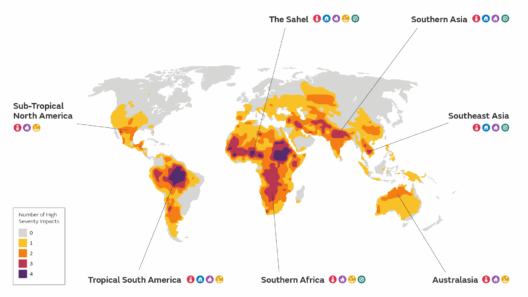As the consequences of climate change become increasingly apparent, it begs the question: what can we do to diminish the impacts of global warming? A playful yet pertinent challenge arises: if you could only implement three changes in your lifestyle or community to slow the effects of global warming, what would they be? This thought experiment is not merely a whimsical notion. It unearths the critical need for prioritization in the fight against climate change.
This discussion on combating global warming unfolds through various lenses, exploring individual actions, collective efforts, and systemic changes that can drive progress toward a sustainable future. Each action contributes to a grand tapestry of change, interwoven with the threads of responsibility, ingenuity, and collaboration.
1. Individual Responsibility: A Collective Impact
Every person has a role to play in reducing greenhouse gas emissions. One of the most immediate steps individuals can undertake is revisiting their consumption patterns. Opting for a plant-based diet, even if only a few days a week, can significantly reduce one’s carbon footprint. The livestock industry is a substantial contributor to methane emissions, a potent greenhouse gas. By choosing more sustainable food sources, such as fruits, vegetables, and grains, individuals can influence demand and reduce the strain on environmental resources.
Moreover, reducing energy consumption at home is another effective strategy. Simple measures such as replacing incandescent bulbs with LEDs, utilizing energy-efficient appliances, and being mindful of thermostat settings can cumulatively lead to substantial energy savings. Wider adoption of such practices reveals that personal responsibility can drive systemic change.
2. Transportation: Transitioning for Sustainability
The transportation sector is one of the major contributors to global emissions. Thus, reevaluating our modes of transport can instigate significant environmental benefits. The shift to electric vehicles (EVs), while not a panacea, represents a pivotal change in reducing reliance on fossil fuels. Urban planning that promotes public transportation, biking, and walking not only decreases emissions but also fosters healthier communities.
Carpooling, telecommuting, or using shared mobility services can also mitigate individual impact. A challenge arises when attempting to convince others to embrace these alternatives. Social change often requires a cultural shift in perceptions about transportation. Communities can collaborate to create awareness campaigns emphasizing the collective benefits of sustainable transport methods.
3. Renewable Energy: Harnessing the Power of Nature
Transitioning to renewable energy sources is imperative for decelerating global warming. Solar, wind, and hydropower harness natural forces, providing clean energy that minimizes fossil fuel dependence. Homeowners can invest in solar panels or choose energy providers that offer renewable sources, thus supporting the expansion of this burgeoning industry.
Additionally, advocating for government policies that promote renewable energy adoption is crucial. Engagement in local politics to push for clean energy regulations can multiply the impact of individual choices. This advocacy introduces a potential challenge: how to motivate others to understand the urgency and necessity of policy changes. Education campaigns that outline the long-term benefits of renewables can provide clarity and motivate more robust community engagement.
4. Conservation: Protecting Our Natural Resources
Protecting and restoring natural habitats is another vital facet of global warming mitigation. Forests, wetlands, and other ecosystems serve as carbon sinks, absorbing CO2 from the atmosphere. Advocating for policies that conserve these vital areas and replenishing them through reforestation efforts can play a critical role in combating climate change.
Involving individuals in community conservation projects creates a sense of ownership and responsibility. For example, local tree-planting initiatives can generate enthusiasm and foster a deeper connection between participants and their environment. Resolving disputes over land use and conservation efforts presents inevitable challenges, yet the benefits of preserving biodiversity are irrefutable.
5. Circular Economy: Redefining Consumption
The conventional linear economy—take, make, dispose—needs reformation. Embracing a circular economy, where resources are reused, repaired, and recycled, can drastically diminish waste and reduce the demand for new materials. Encouraging local businesses to adopt sustainable practices fosters a community-wide embrace of this model.
Furthermore, individuals can participate in initiatives like thrift shopping or upcycling. These practices not only reduce waste but also stimulate creativity. The real challenge lies in shifting cultural attitudes toward consumption. Engaging storytelling around the benefits of sustainable consumption can inspire change within communities.
6. Advocacy and Political Engagement: Elevating the Message
To initiate substantial change, grassroots movements and political engagement are essential. Advocacy for policies that address climate change enables citizens to influence decision-makers. Participating in demonstrations, writing to representatives, and supporting environmentally-minded candidates integrates civic duty with environmental stewardship.
This embodiment of activism can foster a pivotal dialogue around climate issues. However, fostering political will often encounters formidable challenges, including entrenched interests and misinformation. Combatting these barriers through science-backed information and fostering dialogue within local communities can overcome resistance and mobilize action.
Conclusion: Steps Toward a Sustainable Future
Ultimately, combating global warming requires a multifaceted approach that encompasses individual actions, community initiatives, and broad systemic changes. The interplay between personal responsibility and collective activism is essential for creating a sustainable future. Each small effort contributes to a larger movement—a movement poised not only to address the immediate threats of climate change but to instill a lasting commitment toward respecting and nurturing our planet.
As the climate crisis accelerates, embracing these strategies becomes more urgent than ever. This monumental challenge, while daunting, serves as a call to action. Will you be part of the solution?
